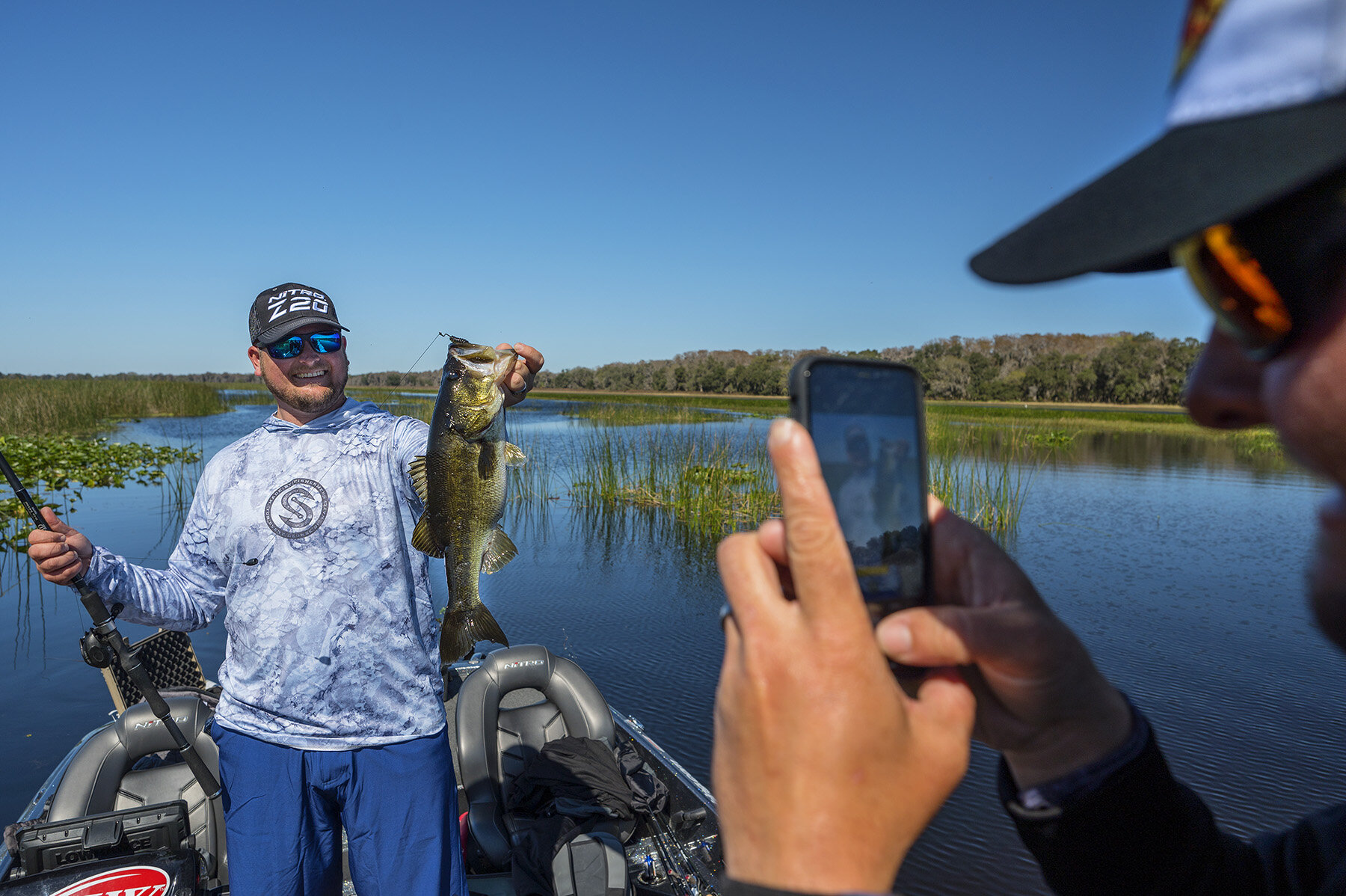Fish On The Move- Pre-Spawn
/As anglers we have always attempted to predict the movements of our quarry by assigning terms to describe transitional periods. Our hope is that we can recognize when the fish have begun making these transitions in an effort to intercept them along the way.
For bass fishermen, one period of transition- that most of the country is affected by at the moment- is referred to as the "pre-spawn."
As you can rightly deduct from the name, pre-spawn is simply the period right before the fish commit to spawning.
To me, the pre-spawn is one of the most exciting times to be a bass fisherman. The temperatures are starting to gradually rise, the days are getting longer, the fish begin to pull out of their wintertime haunts and start feeding heavily- beginning their purposeful journey to the shallows for spawning.
Here is a general step-by step overview of one of the best times of the year to fish.
Calling My Bluff
The pre-spawn begins where the winter ends. During the winter, bass like to gravitate to the steepest structure that has relatively deep water nearby. Most of the time this means bluff banks where a river, or creek, channel swings into the shoreline.
Once the weather starts a gradual shift from the frigid cold, and the days start getting longer, the fish start making their way from the vertical structure and start heading to the mouths of spawning bays, creeks, or pockets. The early pre-spawn period is a great place to find fish on "bluff ends" which are essentially where the bluff transitions from very steep to more gradual, usually at the mouth of these spawning areas.
When I'm faced with fish relating to this steeper structure I like to use heavy football jigs, Zman SwimmerZ swim baits, and Umbrella Rigs rigged with Diezel Minnows swim baits, and I prefer to work very slowly.
Highways and Truck Stops
Once the weather really starts to gain some warming momentum this is when the fish really start to get active and start feeding up. If the weather continues to be consistently warm, bass will increase their speed to the backs of spawning areas, however, if the weather is inconsistent, peppered with the occasional cold front- which is normally the case- the fish will make a point to stop on key pieces of cover and structure on the way into the spawning areas.
When I believe the fish are using these stops along the way, I like to focus on secondary points, channel swings or rocky transitions near the midway point of a creek or bay. Essentially, if you are looking at an area, just imagine what you would stop on on your way to the back of a spawning area. Generally, my favorite techniques for these stops are football jigs, Ned Rigs, and Wiggle Wart crank baits.
On the other hand, if the weather is consistently warming, with very few cold fronts delaying their travel, bass will often just utilize 45-degree banks in their travels to the backs of the creeks and bays. This is a situation where I like to cover water and fish a square bill crank or the Wiggle Wart.
These basic movements are similar for all three species of bass- largemouth, smallmouth and spots. This massive spot was in an early pre-spawn pattern, caught off a bluff end with a Zman SwimmerZ.
Final Stop
Once bass have arrived in the backs of the creeks and spawning areas, and start waiting for the water temp to get right, the fish will make their final stop on the last available cover and structure nearest where they will make their beds.
This is a perfect opportunity to fish Chatterbaits, shallow diving crank baits, spinnerbaits, as well as to flip and pitch heavy cover with texas-rigged Zman Palmetto BugZ.
The biggest key to pre-spawn fishing is keeping up with the fish as the changing conditions keep the fish on the move. Pay attention to the changing weather patterns, water temperature and the moon phase, and you'll be able to stay ahead of the fish and load the boat with the fattest fish of the year- and probably catch the biggest fish of your life.
Just keep fishing!
-Sonar
















